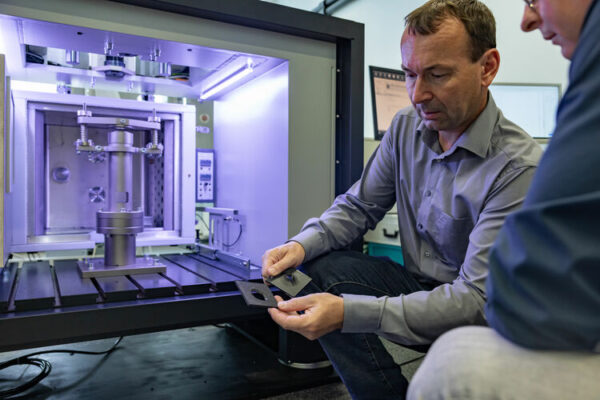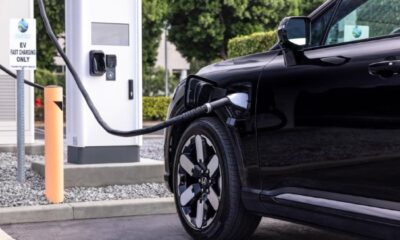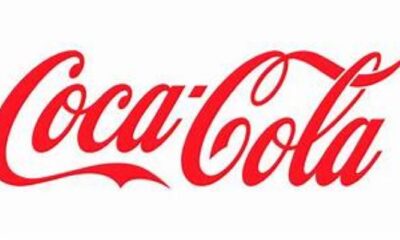Different recycling methods for different types of plastic
Since not all types of plastic can be sorted and recycled equally well or even in the same way, the four rings consider different technologies in parallel: mechanical, chemical and, more recently, physical recycling.
Audi’s vision is to qualify more and more materials for diverse and demanding uses in cars and to identify the optimal processing and recycling techniques in order to be able to close cycles. “Our focus is always on getting as much plastic as possible out of the car at the end of life so that we can recycle it again,” says Mike Herbig, from the polymer team at Audi.
Vehicles today usually contain more than 200 kilograms of various plastics and plastic composites. Bumpers, radiator grilles, various interior parts, but also components in the drive and air conditioning are made from it. This plastic waste, some of which is not of the same type, is first mechanically shredded and separated from other materials. They can then be processed again into plastic granules in a further process.
Same requirements for components made from recycled and new goods
The quality requirements for the plastics are high. The same criteria apply to recycled components as to new goods. These include crash safety, heat resistance, media resistance, for example to organic solvents, oil or hydraulic fluids. In addition, there is dimensional stability and quality, haptics, optics and smell over the entire service life of the vehicle. Increasingly, environmental requirements must also be taken into account. Mike Herbig: “We only use a recyclate material if the components made from it also meet the requirements, i.e. the quality of the parts remains the same over the entire service life.”
The mechanical recycling of plastic reaches its limits where different plastics are processed in combination and various adhesives, paints and fillers such as glass fibers are used. In addition, the quality of the plastics decreases with each mechanical processing step. As a rule, they can no longer be used in vehicle construction and in particular for safety-relevant components.
Together with the Karlsruhe Institute of Technology (KIT) and partners from industry, Audi has also developed a chemical recycling method. Mixed plastic waste is processed into pyrolysis oil. The pyrolysis oil can replace crude oil as a raw material for the production of high-quality plastics. The components manufactured in this way are just as valuable and safe as those made from new goods.
Feasibility study physical recycling
In addition to the research projects on mechanical and chemical recycling, Audi is collaborating with the Fraunhofer Institute for Process Engineering and Packaging IVV as part of a feasibility study to investigate the possibilities of physically recycling automotive plastic waste and reusing it in the vehicle. With this method, you can work with significantly higher degrees of contamination of the plastics, so that a simple and incomplete pre-sorting from the end-of-life vehicle is sufficient.
Unlike chemical recycling, physical recycling does not destroy the plastic. Rather, it is dissolved with solvents. There is therefore no chemical degradation reaction and the polymer chains remain undamaged. “Only substances that are absolutely harmless are used as solvents,” explains Dr. Martin Schlummer from the Fraunhofer IVV. “Other solids that could interfere with the new end product are separated out.” Substances that are also dissolved, such as flame retardants, can also be removed from the plastic solution if necessary. The solvents used are finally evaporated and also circulated. After drying, a very pure plastic granulate is produced with the quality level of new goods.
The aim now is to produce larger quantities of this granulate in order to ensure technical feasibility and to check economic viability. For further tests, the next step is to turn the ‘plastic with a past’ into add-on parts such as the seat height adjuster. This is a small component, but it has to meet high standards in terms of emissions and odour. In the future, the various recycling technologies at Audi will be used to complement each other in order to recover plastics from end-of-life vehicles for high-quality reuse.
Further increase the proportion of recycled material in the vehicle
In the future , Audi wants to further increase the proportion of recyclates in the vehicle. An Audi Q4 e-tron already contains up to 27 components that contain recycled material. On the exterior, these are components such as the assembly support, a component that has to meet particularly high requirements in terms of mechanical properties. In addition, the headlight mounts, the wheel loops, the fender covers, the floor paneling and the wheel spoilers consist largely of secondary raw materials.
In the interior of the Audi Q4 e-tron , recyclates are used in insulation and damping materials. In addition, many visible surfaces contain recycled materials. This includes, for example, the floor covering and parts of the luggage compartment lining. In the interior of the S line, the microfibre material Dinamica is used in combination with artificial leather as a cover for the sports seats. Dinamica consists of 45 percent polyester fibers, but looks and feels like suede. The fibers are obtained from mechanically recycled PET bottles, former textiles or fiber residues.
Audi Environment Week promotes interdisciplinary exchange
Audi is organizing the Environment Week for the second time: The interactive format promotes knowledge transfer and is intended to encourage people to question their own behavior. More than 50 lectures by employees for employees as well as expert discussions on environmental protection, recycling, CO 2 reduction, saving water and nutrition combined with playful challenges and hands-on activities form the basis of the environmental week. Rüdiger Recknagel, Head of Environmental Protection, says: “The motto of the Environment Week is ‘Make it your mission – always’. Sustainability is our priority.”

























